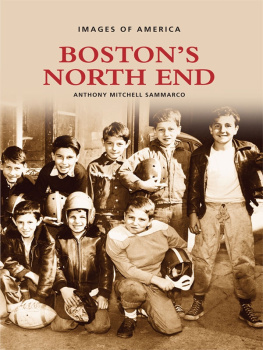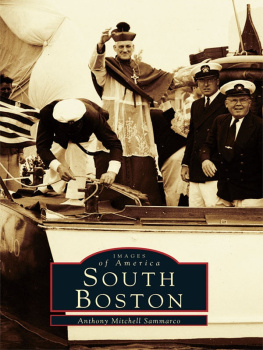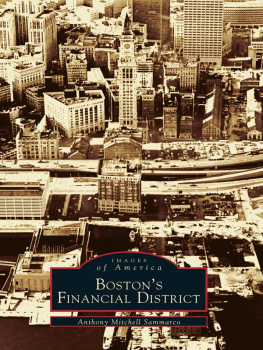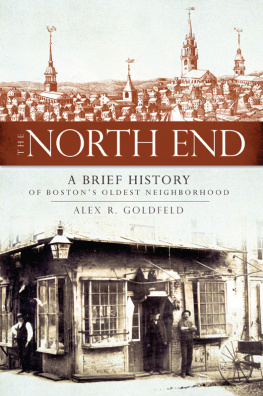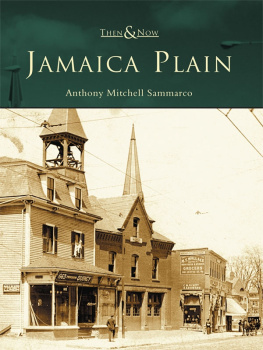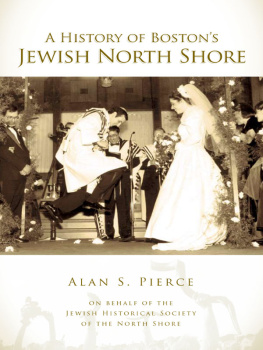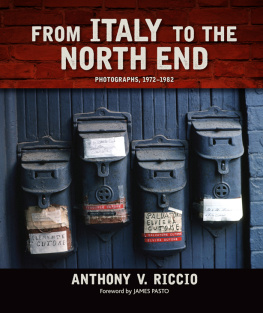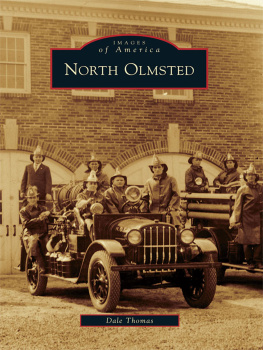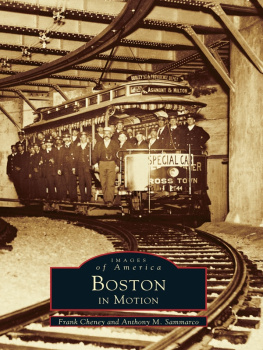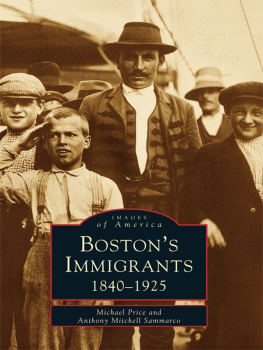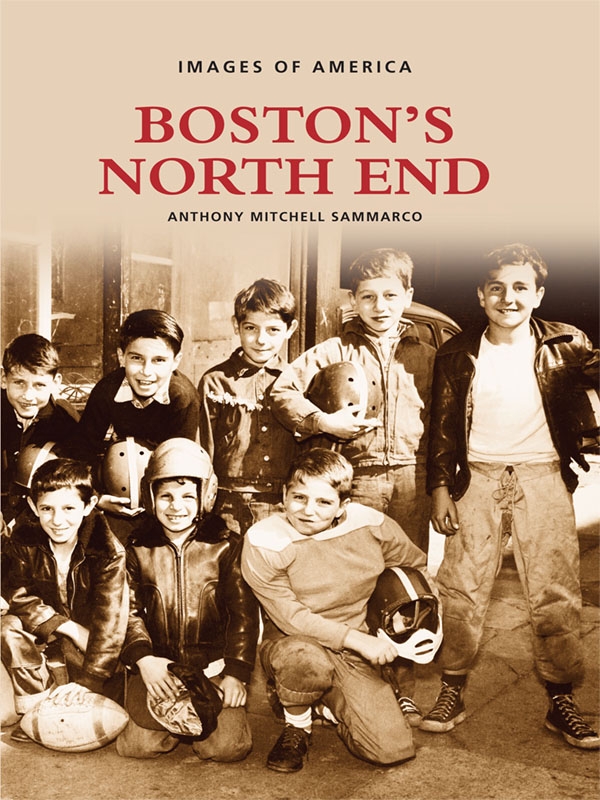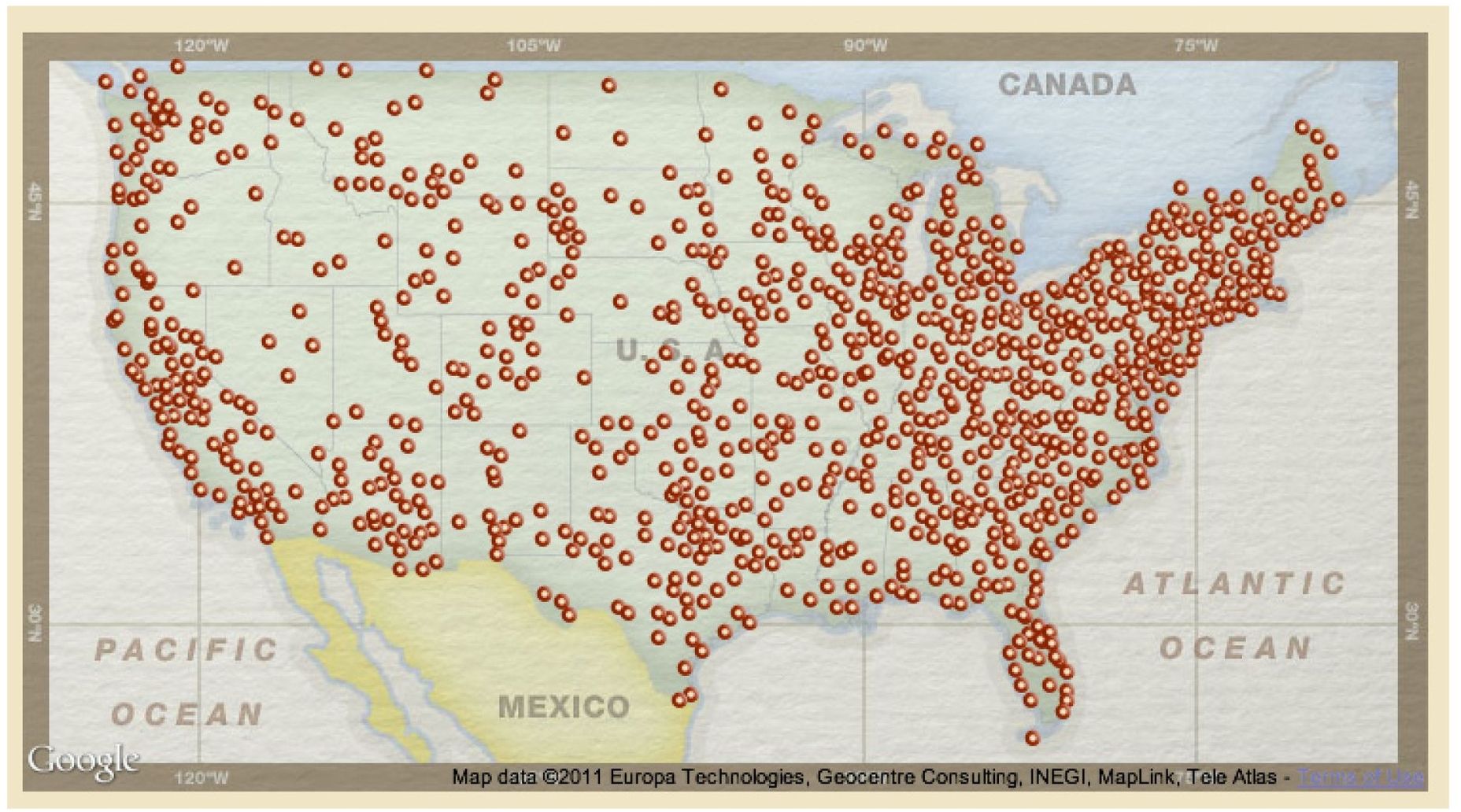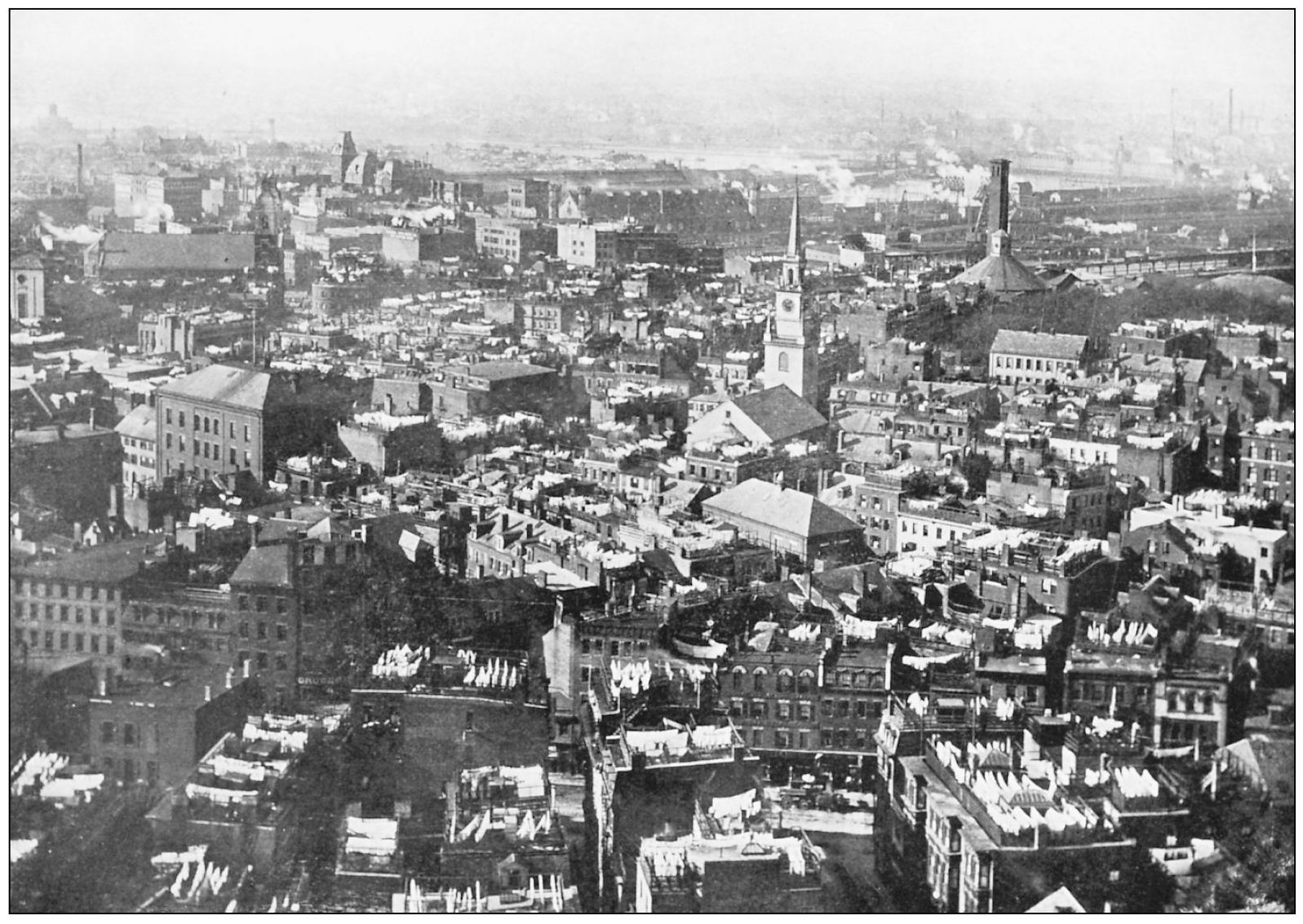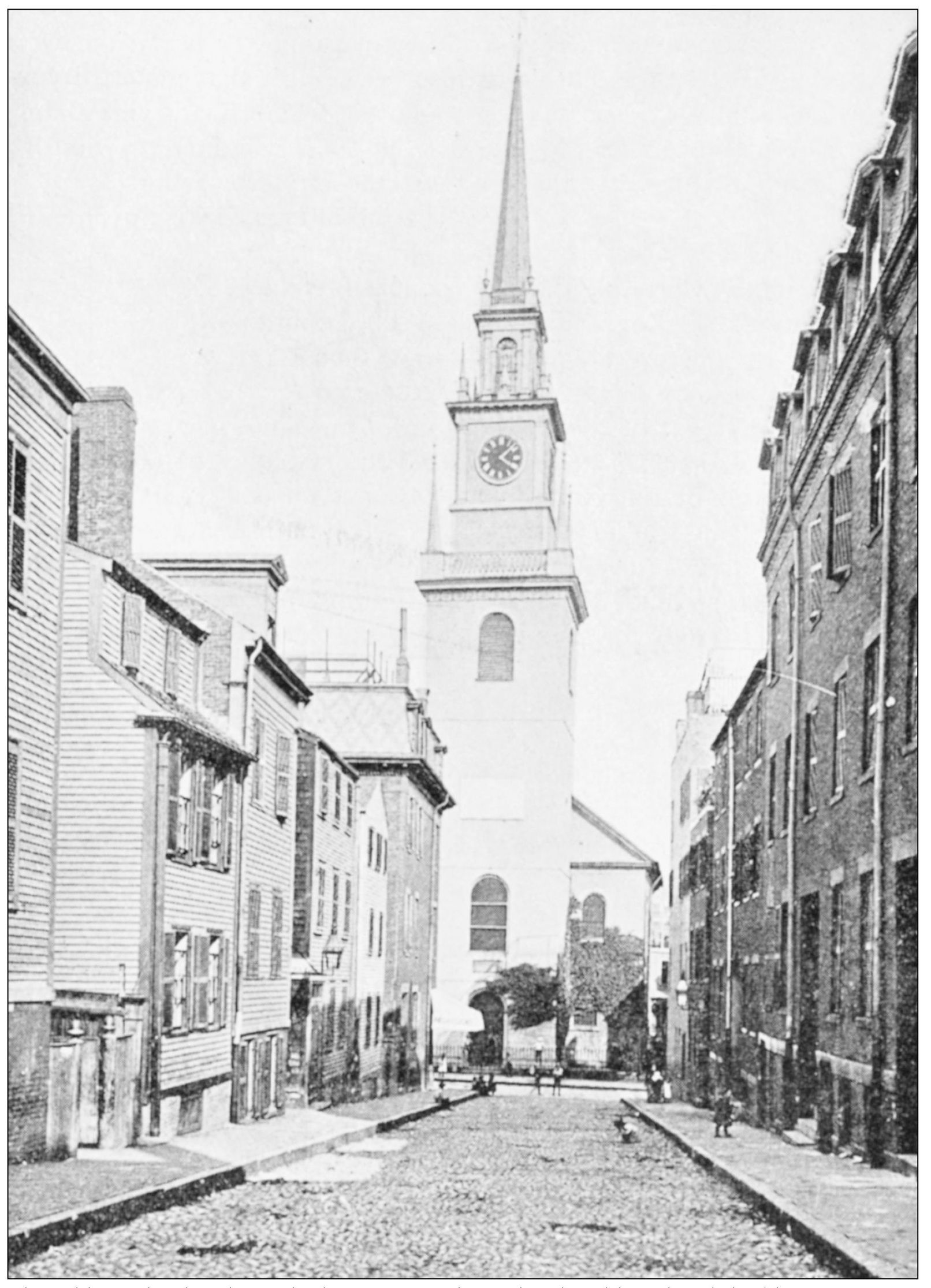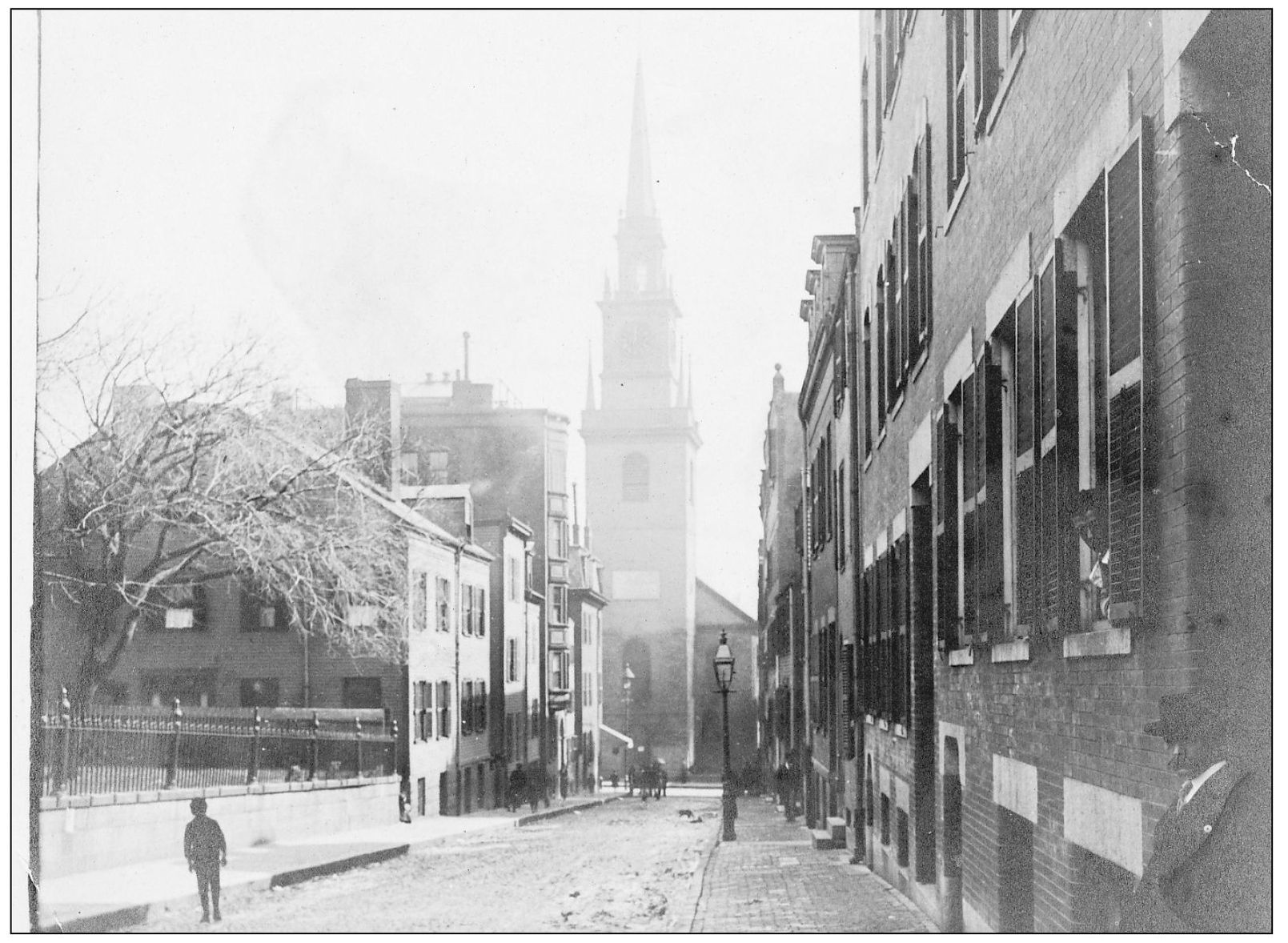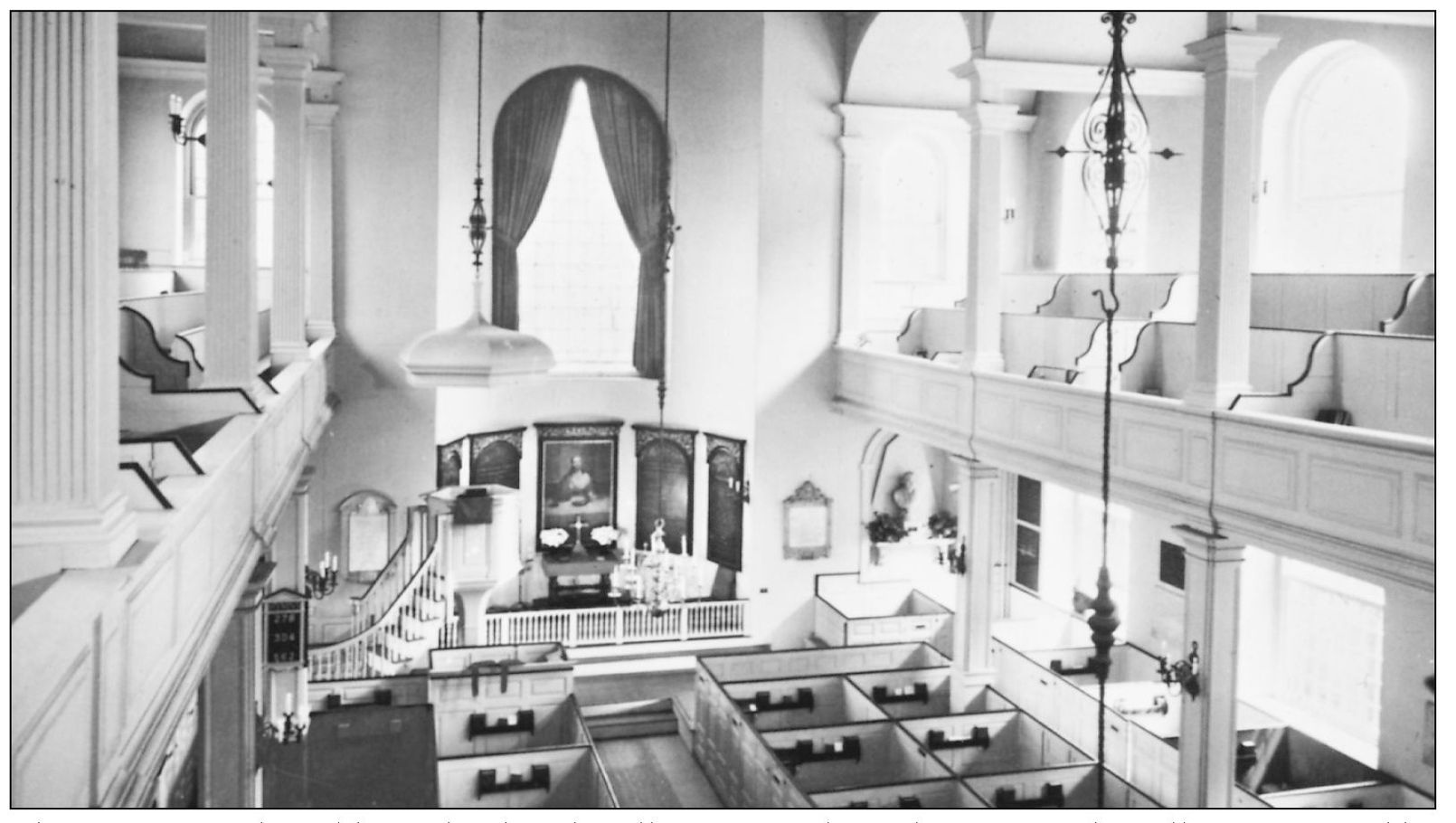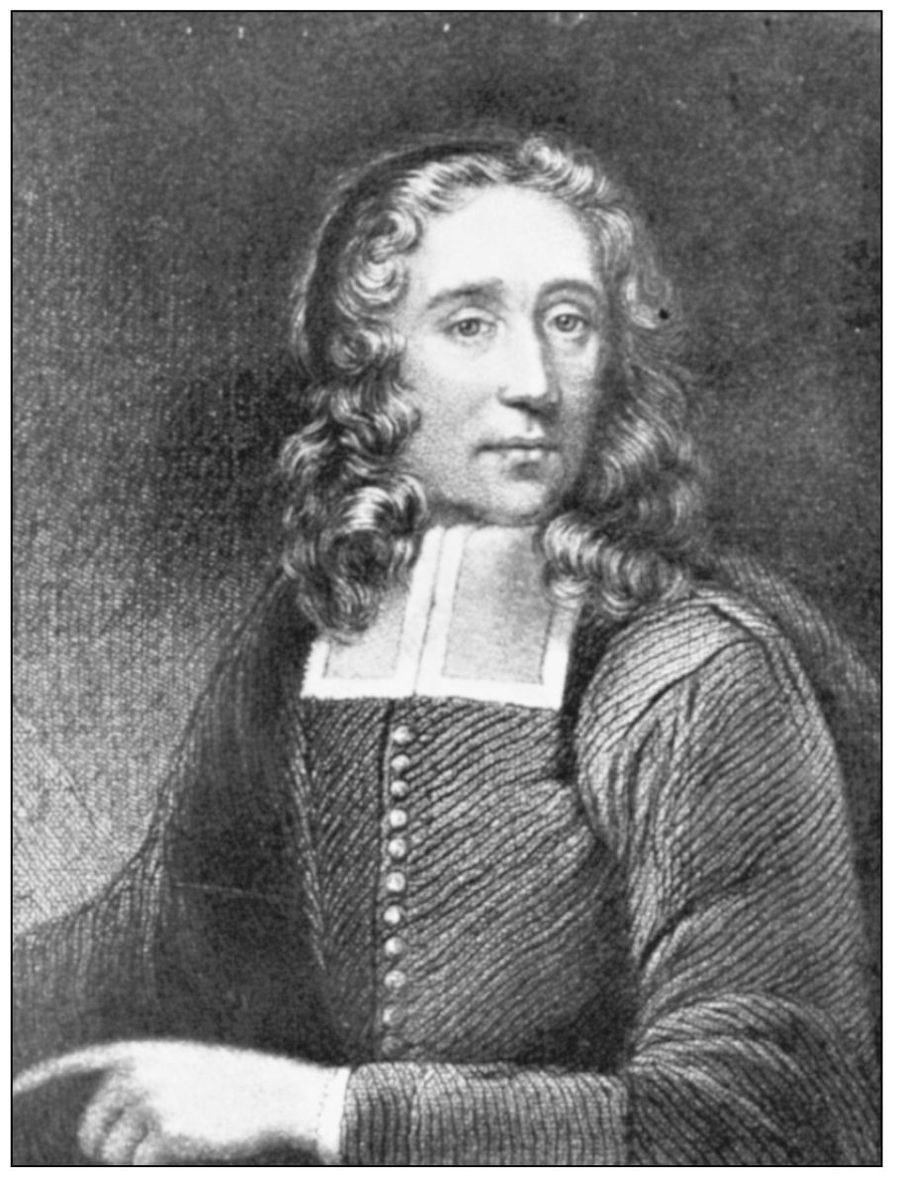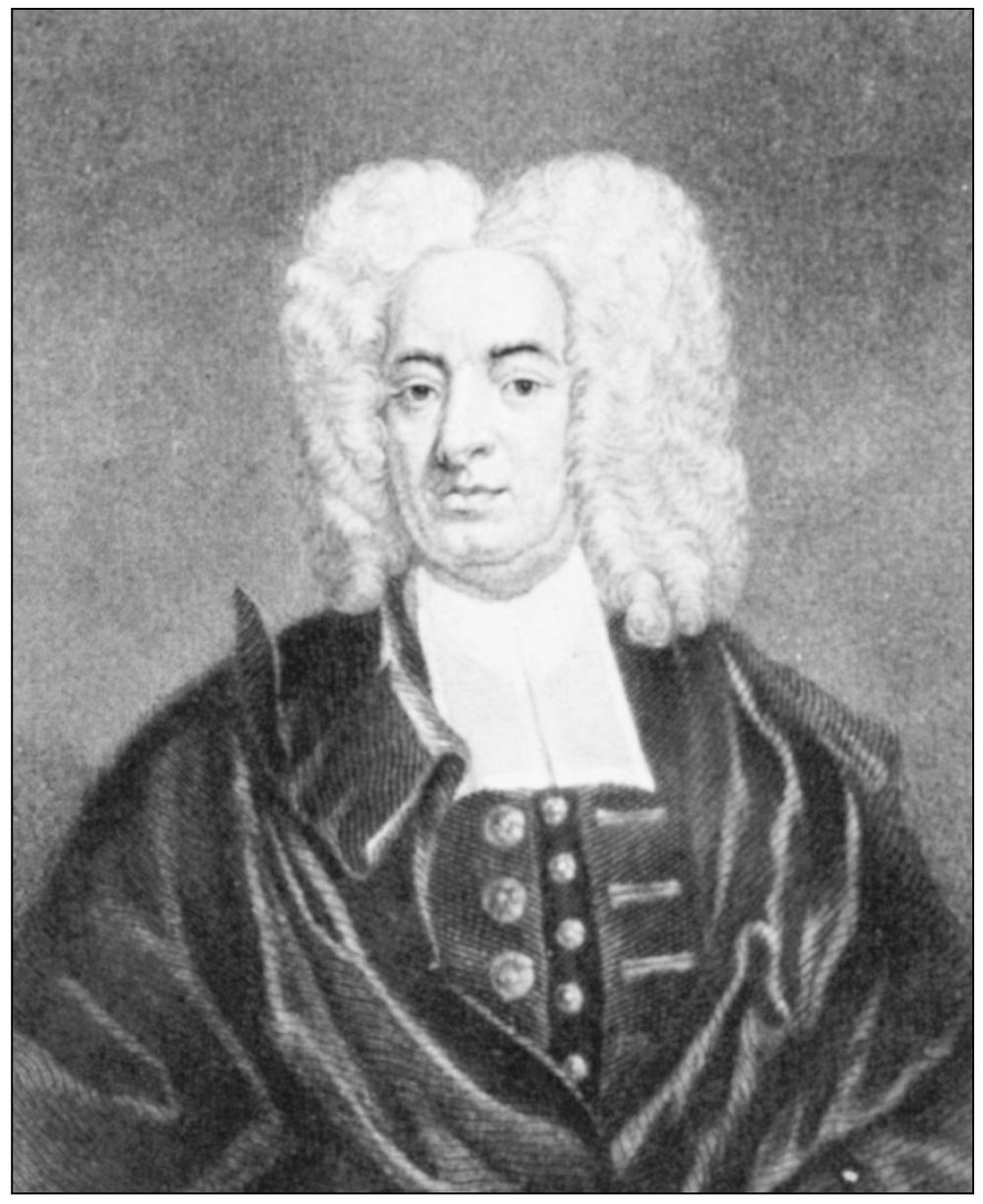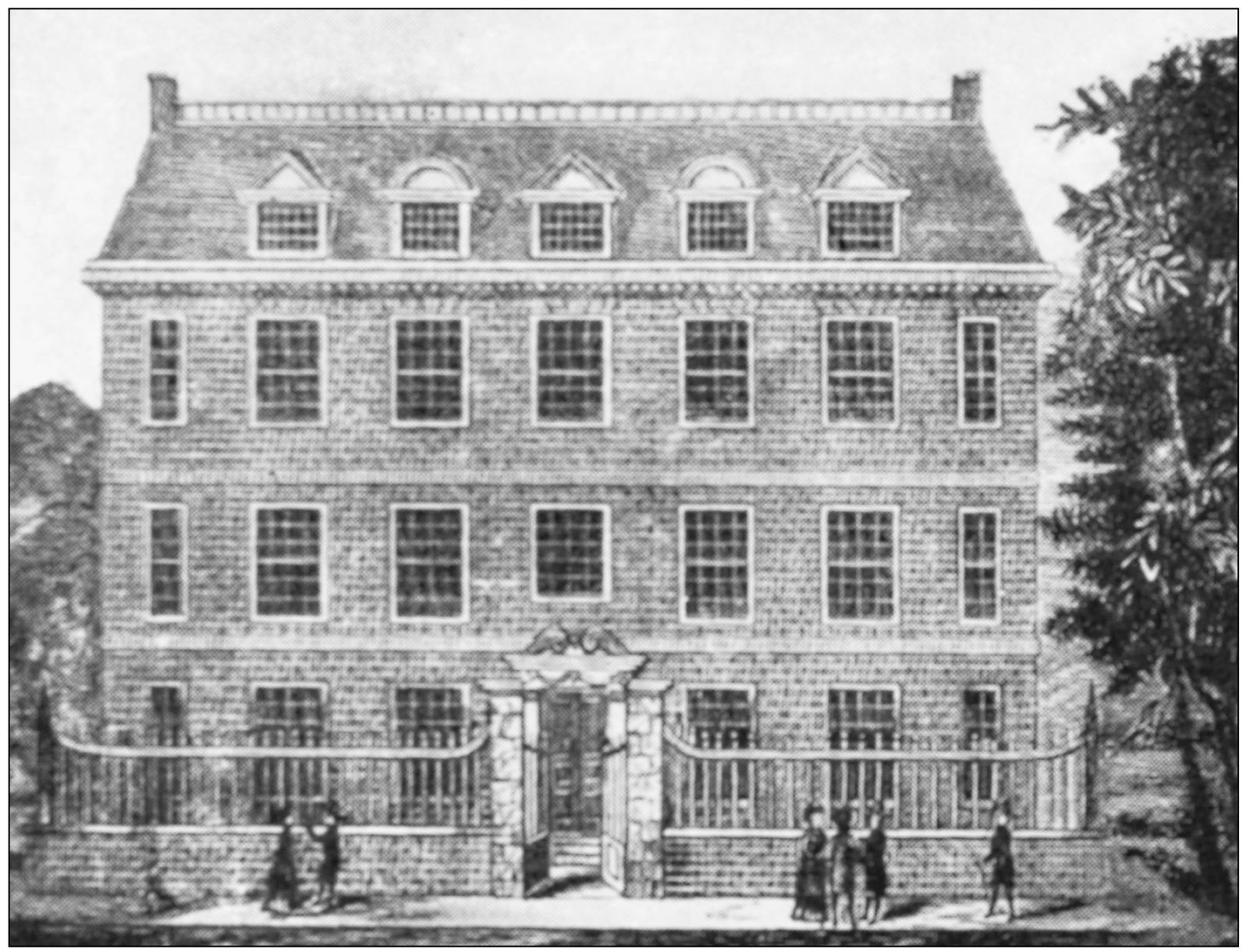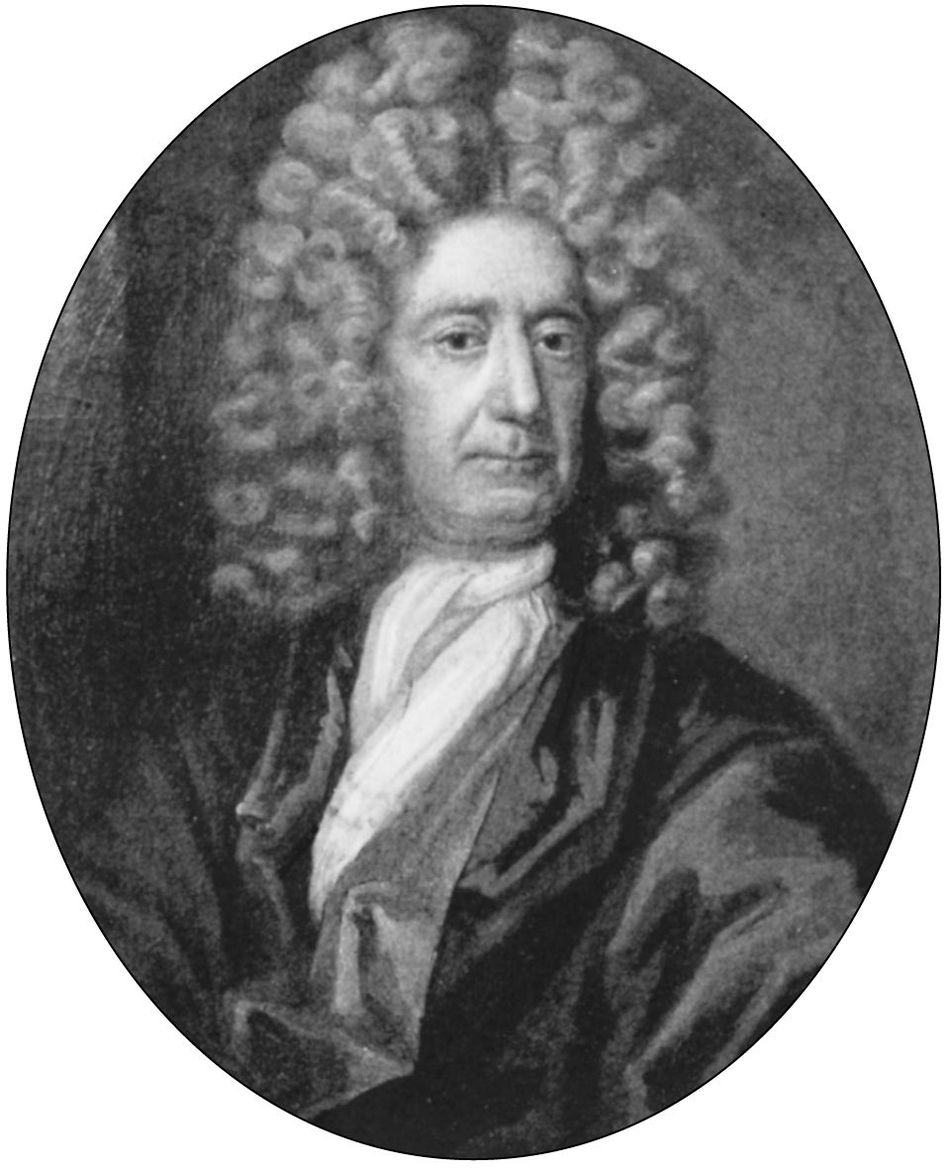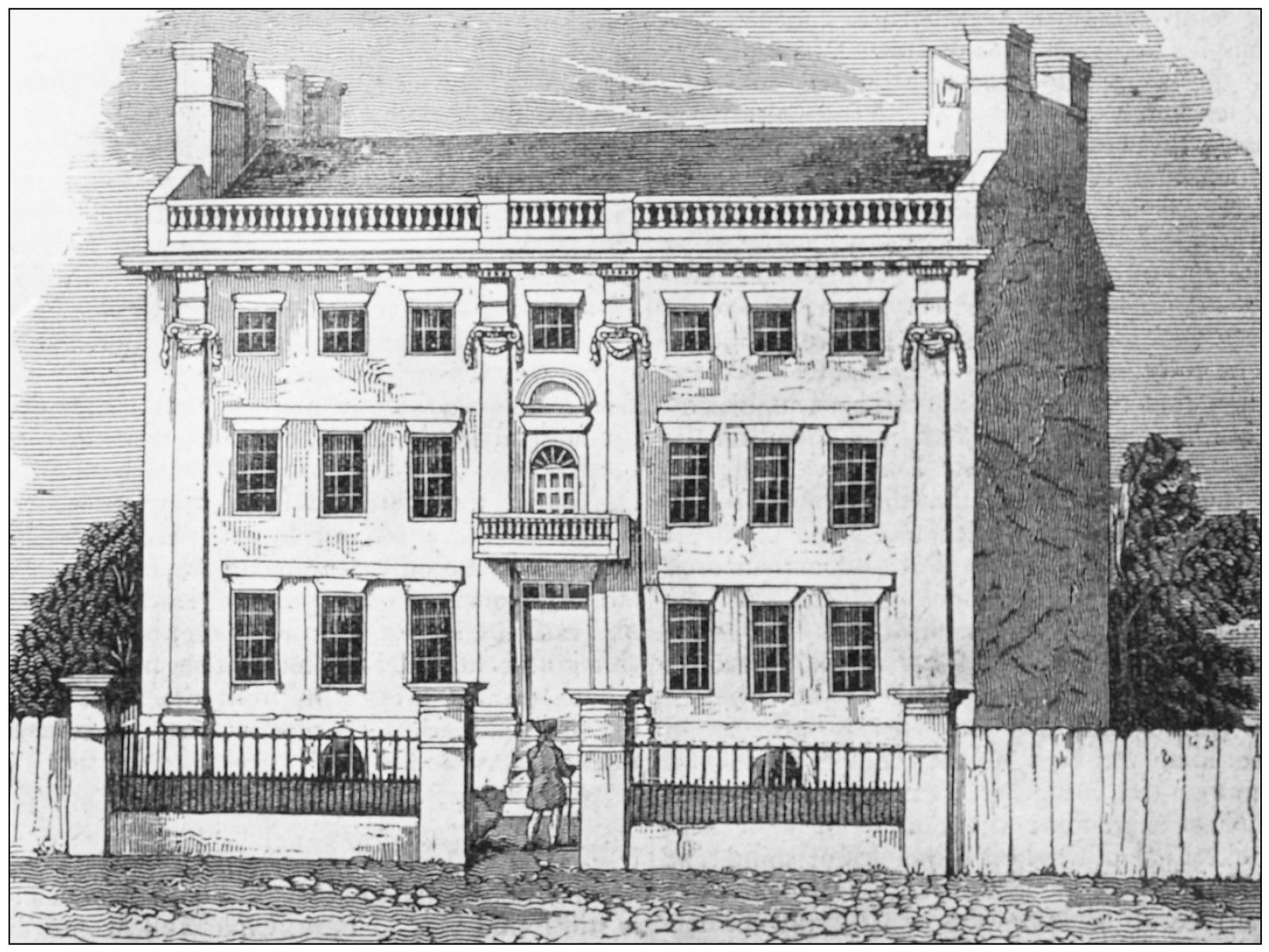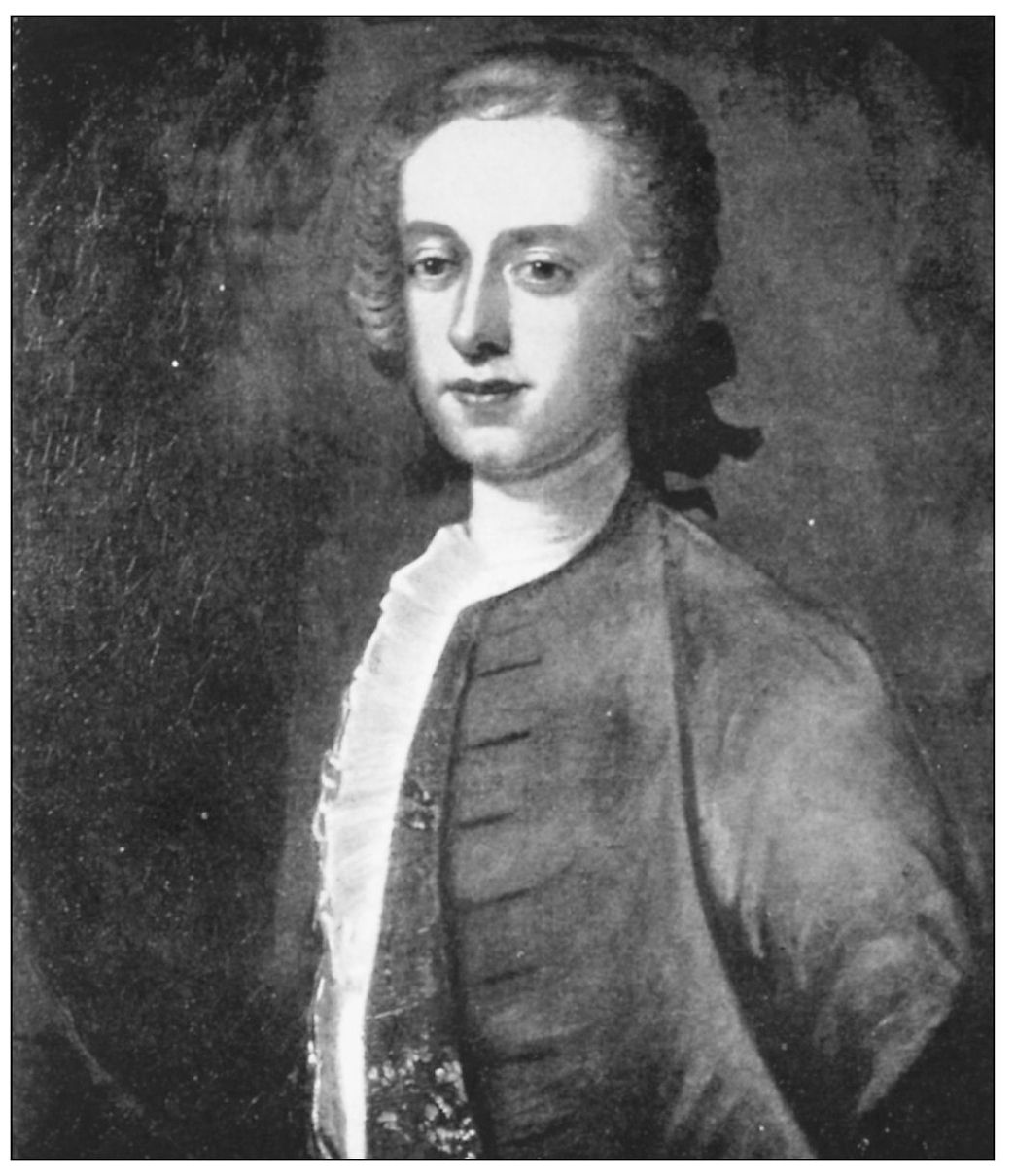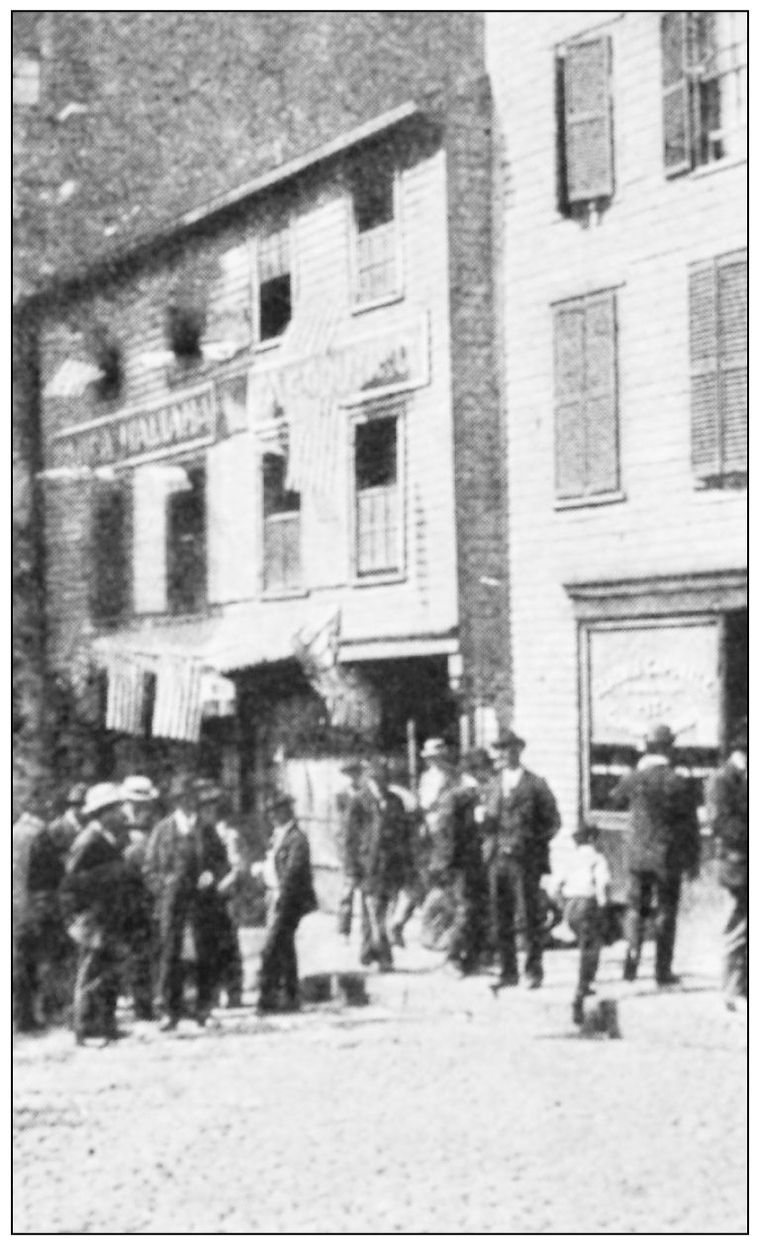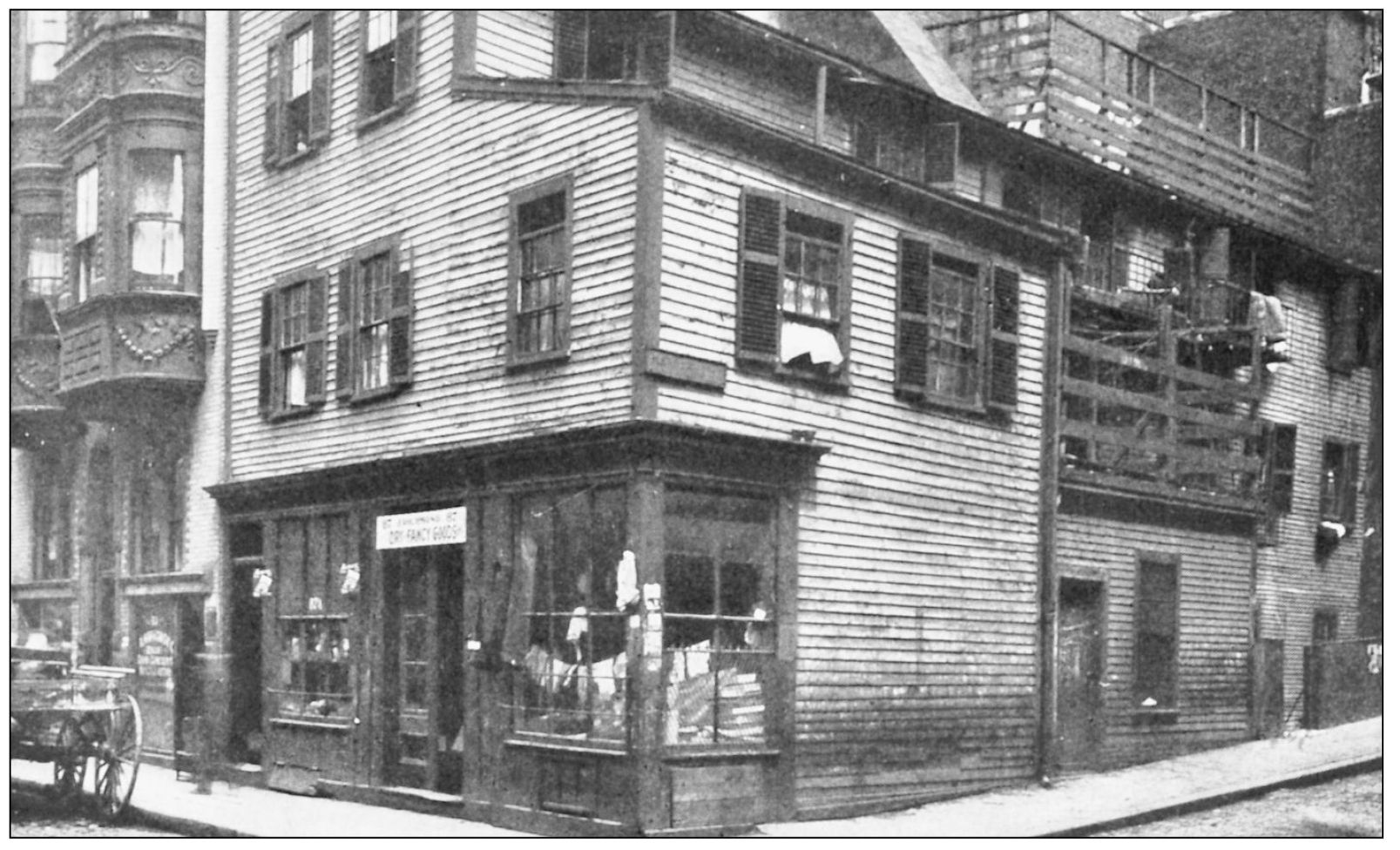One
The Colonial North End
A panoramic view of the North End from the top of the Lincoln Wharf Power House chimney at the turn of the century shows the densely settled neighborhood around the Old North Church on Salem Street.
The Old North Church was built in 1723 and is today the oldest church building in Boston. Christ Church, its actual name, was built on Salem Street opposite Hull Street by former parishioners of Kings Chapel. The brick church is 75 feet long, 50 feet wide, and the spire rises to a height of 175 feet.
The Old North Church, at the turn of the century, was closed in by tenements and apartment buildings on all sides. Looking from Hull Street, the granite wall of the Copps Hill Burying Ground can be seen on the left. The present spire was replaced after being blown down in 1954 by Hurricane Carol.
The interior of the Old North Church still retains its long slip pews and a gallery supported by Doric columns. A large painting by artist John Ritto Penniman of the Last Supper hangs above the altar.
Increase Mather (16391723) was the son of Reverend Richard Mather of Dorchester. A clergyman of wide knowledge and repute, he was pastor of the Second Church in North Square, later serving as president of Harvard College. His sermon, The Wicked Mans Portion , printed by John Foster in 1675, was the first book printed in Boston.
Cotton Mather (16631728) was the son of Increase Mather and the namesake of his maternal grandfather, Reverend John Cotton. Reverend Cotton had been the rector of Saint Botolphs Church in Boston, England, prior to his arrival in Boston, Massachusetts, in 1633. Cotton Mather, a noted clergyman, succeeded his father at the Second Church, was a fellow of the Royal Society, and was one of the most prolific writers in American literary history. Magnalia Christi Americana is considered his finest effort.
The Clarke-Frankland House was a three-story mansion at the corner of Garden Court and Bell Alley (North Street). In Bynners Agnes Surriage , the house was described as being plain to severity... but this was merely an architectural mask, a Puritan cloak, as it were, covering the swashing bravery of a Royalist and courtier. Sir Harry Frankland was collector of customs and had married his servant, Agnes Surriage, after she had nursed him back to health.
John Cony (16551722) was a noted silversmith who engraved the copper plate for the first paper money of the Massachusetts Bay Colony. The first coins minted in Boston, the Pine Tree shilling, were struck by John Hull in 1652 at his house on Sheafe Street.
The Hutchinson House stood next to the Clarke-Frankland House at the corner of Garden Court and Fleet Street. Built in 1711, it was the first house in Boston to utilize classical details. The mansion was the home of Thomas Hutchinson, the last Royal Governor of Massachusetts, and was sacked by a mob in 1765 in retaliation for the Stamp Act.
Thomas Hutchinson (1711-1780) had a distinguished career, serving as a representative in the General Court of the Province of Massachusetts, a judge of probate, the lieutenant governor, and the last Royal Governor of Massachusetts. He was also an able historian and the author of The History of Massachusetts Bay .
Paul Revere lived in this house, which was built in 1680 and is considered the oldest house in Boston proper. A group of men pose in front of the home of the patriot in 1895.
Paul Revere (17351818) followed in his fathers footsteps as a silversmith but also became a noted goldsmith and engraver, in addition to owning a cannon and bell foundry and a copper mill. His historic horse ride from Charlestown to Lexington, where he was halted by the British, was immortalized in a poem by Longfellow and the shout The British are coming! is replayed every Patriots Day.

